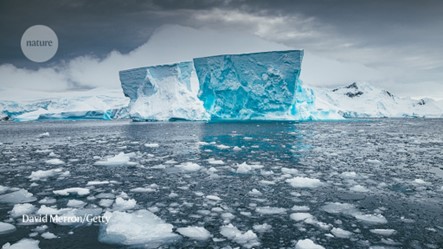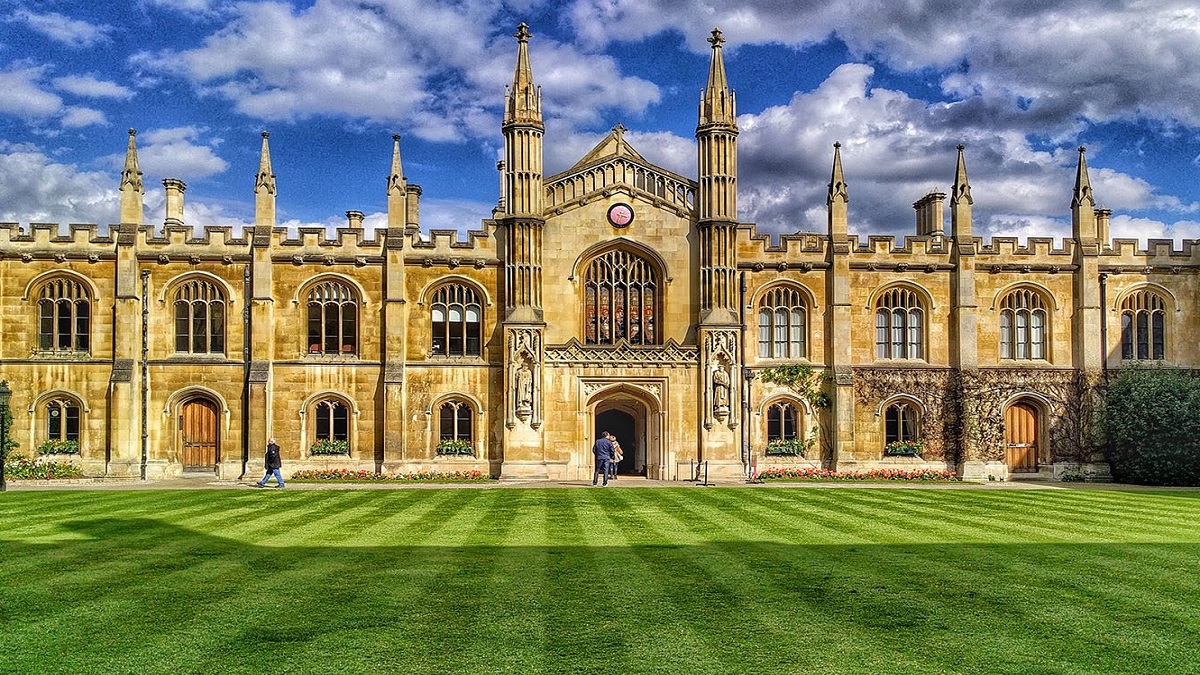- Courses
- GS Full Course 1 Year
- GS Full Course 2 Year
- GS Full Course 3 Year
- GS Full Course Till Selection
- Answer Alpha: Mains 2025 Mentorship
- MEP (Mains Enrichment Programme) Data, Facts
- Essay Target – 150+ Marks
- Online Program
- GS Recorded Course
- Polity
- Geography
- Economy
- Ancient, Medieval and Art & Culture AMAC
- Modern India, Post Independence & World History
- Environment
- Governance
- Science & Technology
- International Relations and Internal Security
- Disaster Management
- Ethics
- NCERT Current Affairs
- Indian Society and Social Issue
- NCERT- Science and Technology
- NCERT - Geography
- NCERT - Ancient History
- NCERT- World History
- NCERT Modern History
- CSAT
- 5 LAYERED ARJUNA Mentorship
- Public Administration Optional
- ABOUT US
- OUR TOPPERS
- TEST SERIES
- FREE STUDY MATERIAL
- VIDEOS
- CONTACT US
Melting of Arctic Sea Ice
Melting of Arctic Sea Ice


Latest Context
Recent study of the Nature Journal pointed out that in the coming decades, the melting of Arctic Sea ice in summer is inevitable. Due to global warming, the loss of Arctic Sea ice (arctic amplification) will take place that has raised concerns about its impact on global climate and the environment.
New Findings on Arctic Sea Ice
- Sea Ice Decline: The report of the Intergovernmental Panel on Climate Change (IPCC) highlighted the decline of Arctic Sea ice will surely happen. Global emissions that cause the temperature to increase beyond 4.5°C led to the first "sea-ice-free summer" which will take place before 2050. At nearly a yearly rate of 13%, the Arctic ice loss satellite will take place as per the Satellite records.
- Insufficient Emission Reductions: As per the Nature study, as per the global emission, the loss of Arctic Sea ice in summer will surely happen. If necessary, steps are not undertaken, an ice-free summer will occur as early as the 2030s.
- Underestimated Melting Rate: Approximately 90% of ice melting is the result of human-induced factors, while the rest is the result of natural variability. All the climate models comprising those used by the IPCC do not pay attention to the speed of melting.
Importance of Arctic Sea Ice
- Climate Influence: Arctic Sea ice plays a very significant role in affecting global climate patterns. By reflecting the sunlight, it supports in maintaining the balance of the earth energy and cool polar regions. As a barrier Sea ice acts in keeping the air cool by separating cold air above from warmer water below.
- Biodiversity and Indigenous Communities: Any changes in sea ice can negatively impact biodiversity, especially mammals such as polar bears and walruses. The indigenous populations belonging to Arctic populations depend upon sea ice for breeding, hunting, and migration will be negatively impacted.
- Economic Opportunities and Competition: Decreasing the ice cover causes the opening of the shipping lanes which leads the access to the natural resources in the Arctic. It will in turn encourage sharp competition amongst countries for earning influence and gaining control over the exploitation in the region.
Arctic Amplification
- Concept: It means a phenomenon when changes in net radiation balance and in surface air temperature cause a larger impact at the poles, specifically in the Arctic region.
- Reasons: It is a consequence of global warming which is the result of anthropogenic forces or human activities since pre-industrial times, that is causing an increase of 1.1o C increase in the Earth's average temperature. Fundamental reasons of Arctic amplification comprise lapse rate feedback, ice-albedo feedback, ocean heat transport, and water vapour feedback.
- Due to global warming, decreasing sea ice in the Arctic plays a very important role in magnifying the warming effect. Water and land absorb more radiation, leading to increased warming while sea ice and snow have high albedo, reflecting most solar radiation. The lapse rate is the rate at which temperature reduces with elevation, and decreases with warming, which will, in turn, contribute to the Arctic amplification. As per the studies, the lapse rate feedback and ice-albedo feedback account for 15% and 40% of polar amplification, respectively.
Consequences:
- Melting of Ice: The melting of the Greenland ice sheet causes sea levels to rise. Complete melting will lead to a seven-meter rise.
- Changes in Composition of Sea Water: Warming of the Arctic Ocean and seas causes changes in salinity and acidification that may cause a negative impact on biodiversity in addition to marine and dependent species.
- Affects Fauna: Due to Arctic amplification, increased rainfall may cause and affect the availability and accessibility of lichens, leading to starvation and death among Arctic fauna.
- Weakening of Polar Jet Streams: Reduced Sea ice cause polar jet streams that results in increasing temperatures and heatwaves in Europe. In northwest India, unseasonal showers are also linked with this weakening.
- Gaseous Emission: Thawing permafrost results in greenhouse gases, carbon and methane responsible for global warming. Furthermore, it may also result in long-dormant bacteria and viruses, causing the outbreak of disease outbreaks.
Effect on India
- Warming of Arabian Sea: The changes in the atmospheric circulation due to diminishing sea ice combined with the warm temperatures in the Arabian Sea contribute to enhanced moisture and drive extreme rainfall events. In 2014, India deployed IndARC, India’s first moored-underwater observatory in the Kongsfjorden fjord, Svalbard, to monitor the impact of the changes in the Arctic Ocean.
- Rise in Sea Level along Indian Coast: As per the ‘State of Global Climate in 2021’ report, the sea level lying along with the Indian coast is increasing faster than the global average rate.
- Extreme Rainfall Events: As per the Study, it is found that the decreased sea ice in the Barents-Kara Sea region may cause extreme rainfall events in the latter half of the monsoons i.e. September and October in India.

Prelims
Q. Which of the following statements is/are correct about the deposits of ‘methane hydrate’? (2019)
1.Global warming might trigger the release of methane gas from these deposits.
2. Large deposits of ‘methane hydrate’ are found in Arctic Tundra and under the sea floor.
3. Methane in atmosphere oxidizes to carbon dioxide after a decade or two.
Select the correct answer using the code given below.
(a) 1 and 2 only
(b) 2 and 3 only
(c) 1 and 3 only
(d) 1, 2 and 3
Ans: (d)
Mains:
Q. How do the melting of the Arctic ice and glaciers of the Antarctic differently affect the weather patterns and human activities on the Earth? Explain (2021)



